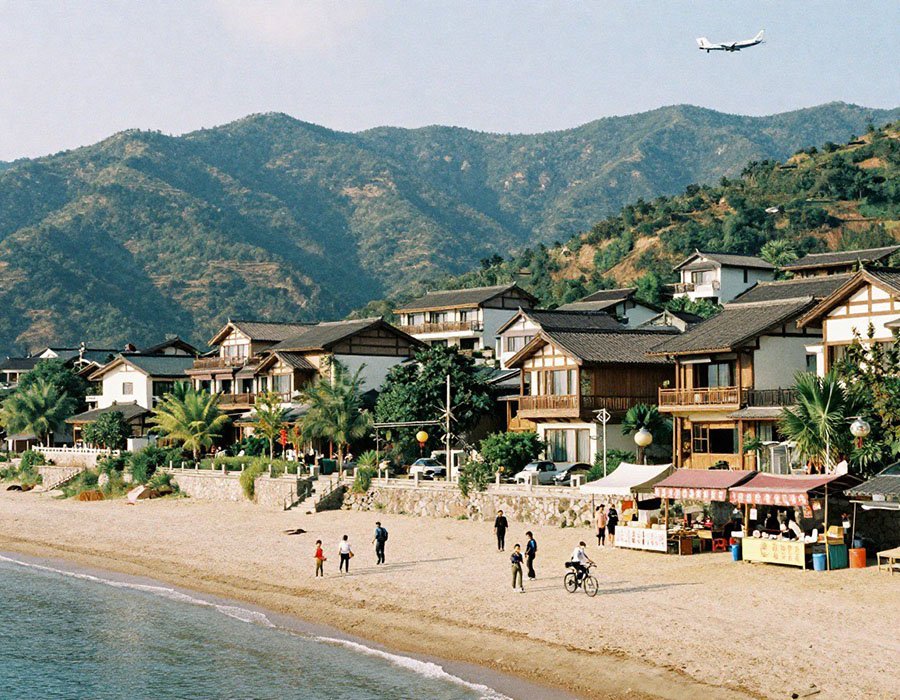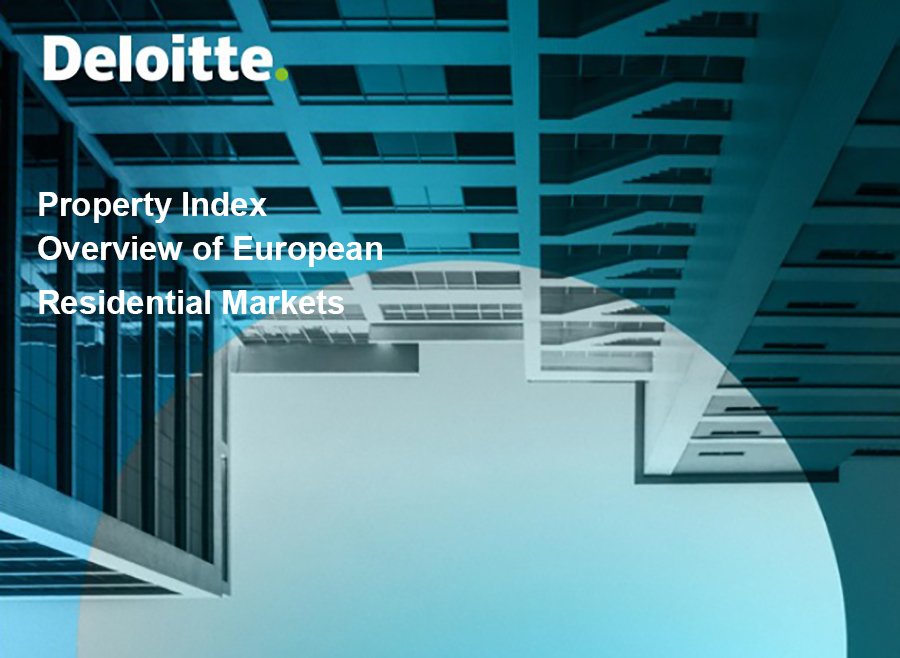читайте также
 Nearly 1,900 Affordable Apartments Sit Empty in Portland Amid Housing Crisis
Nearly 1,900 Affordable Apartments Sit Empty in Portland Amid Housing Crisis
 Spain Leads EU Growth in 2025
Spain Leads EU Growth in 2025
 Markets See Rate-Cut Cycle Ending: Europe’s central banks shift course
Markets See Rate-Cut Cycle Ending: Europe’s central banks shift course
 Pound Weakens as Inflation Slows
Pound Weakens as Inflation Slows
 Small Towns Redefine China’s Tourism
Small Towns Redefine China’s Tourism
 Home Sales in Turkey: November Decline, Annual Growth
Home Sales in Turkey: November Decline, Annual Growth
Real Estate / Investments / Analytics / Research / Ratings / Czech Republic / Real Estate Czech / Netherlands / Real Estate Netherlands / Greece / Real Estate Greece / United Kingdom / Real Estate Britain / Denmark / Real Estate Denmark / Italy / Real Estate Italy / Poland / Real Estate Poland / Germany / Real Estate Germany 24.11.2025
How Many Years of Work Does It Take to Buy a Flat in Europe: Deloitte 2025 Data

According to Deloitte’s Property Index 2025, housing in Europe’s largest cities is becoming increasingly unaffordable.
Analysts compared incomes and new-build prices across 75 European cities to determine how many annual salaries are needed to buy a standard 70 m² apartment.
The results reveal a growing imbalance: in most markets, housing prices are rising much faster than incomes, while limited new construction continues to drive pressure on buyers.
Least Affordable Cities: Amsterdam, Athens, and Prague
Amsterdam (Netherlands) remains the least affordable city in Europe: buying a 70 m² apartment requires 15.4 annual salaries.
Average new-build prices exceed €8,400 per m², while income growth lags far behind, making home ownership virtually out of reach for most residents.
In Athens (Greece), buyers need 15.3 years of income. New apartments cost around €4,000 per m², but slow wage growth and strong demand from foreign investors have made the market among the least affordable in Europe.
Prague (Czech Republic) ranks third with 15.0 annual salaries required. The average price for a new flat has reached €6,121 per m².
Despite active construction, the supply shortage remains acute, driving prices higher and affordability lower.
Other highly pressured markets include Košice (Slovakia) with 14.2 years and Brno (Czech Republic) with 14.0.
In both cases, housing costs range from €3,900 to €5,000 per m², but the issue lies in relatively lower income levels, not record-breaking property prices.
Mid-Range Markets: Where Housing Is Still Within Reach
In Ljubljana (Slovenia), it takes around 12 years to buy a new flat, while Thessaloniki (Greece) requires 11.4 years, followed by Budapest (Hungary) and Ostrava (Czech Republic).
Here, prices range from €2,500 to €4,500 per m², supported by more balanced income growth and higher construction volumes.
In London (UK), residents must work 10.8 years to buy an apartment, despite some of the highest average prices in Europe — around €8,250 per m².
In Rotterdam (Netherlands), the ratio stands at 10.1 years, with prices of about €4,500 per m².
High income levels in these countries help offset high housing costs.
Most Affordable Markets in Europe
The most affordable European cities are Odense (Denmark) and Turin (Italy), where buyers need only 4.9 annual salaries to afford a home.
New-builds in Odense average €3,032 per m², while in Turin, they cost roughly €2,258 per m².
These markets maintain stable ratios between income and prices, ensuring relative affordability and low risk of market overheating.
Other affordable cities include Manchester (UK) at 5.3, Aarhus (Denmark) at 5.8, and Katowice (Poland) at 7.1.
Average new-build prices range from €2,771 to €3,739 per m². These locations benefit from strong local economies, low unemployment, and steady housing demand.
Average Salaries Across Europe
According to Eurostat, the average gross annual salary in the EU in 2024 was around €39,800, but disparities remain stark.
In Luxembourg, annual salaries reach €83,000, followed by Denmark (€71,500), Ireland (€61,000), and Germany (€53,800).
By contrast, southern and eastern countries lag far behind: Italy (€33,500), Poland (€21,200), Hungary (€18,500), and Greece (€18,000).
The lowest incomes are in Bulgaria (€15,400).
This explains why affordability gaps persist even at similar housing prices.
For instance, a €300,000 apartment equals roughly four years of income in Luxembourg, but as much as fourteen years in Poland — a striking difference that underscores the challenge for middle-income buyers.
Investment Insights: Where Stability Meets Risk
For investors, affordability ratios serve as a key market stability indicator.
Cities where the ratio exceeds 14–15 annual salaries show signs of overheating and limited growth potential — prices are sustained by scarcity rather than economic fundamentals.
Conversely, balanced markets across Scandinavia, Northern Italy, and parts of Central Europe offer steadier returns, with income growth and construction rates aligned.
According to International
Investment, housing yields across most European capitals remain modest, while entry costs and regulation are high.
In overheated markets, price growth doesn’t always translate into rental profitability, whereas in more affordable cities, yields are under pressure from tax and regulatory burdens.
For investors, long-term success depends on understanding not just asset prices but also local governance, taxation, and housing policy.
Подсказки: Europe, Deloitte, housing, real estate, property index, affordability, Amsterdam, Prague, Athens, investment, International Investment





